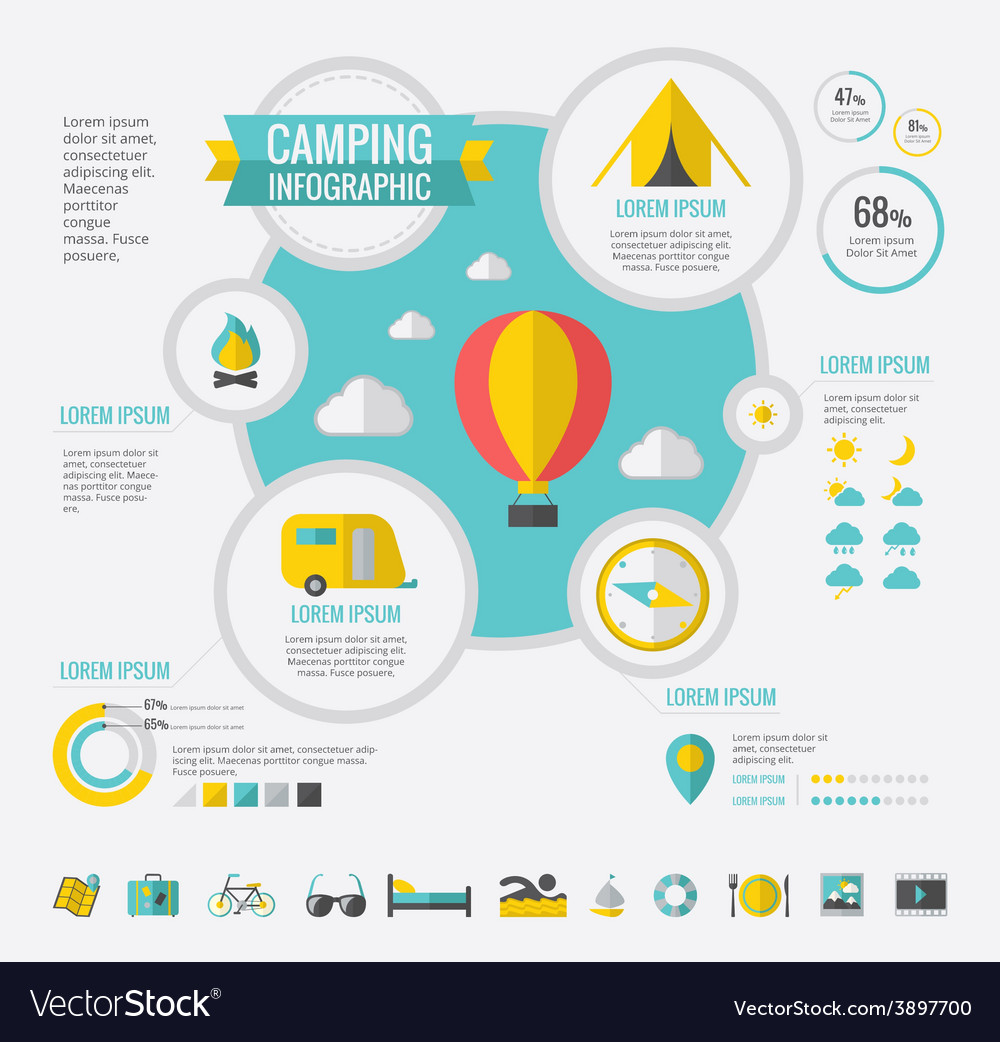The conelike form of a bell tent makes it one of the most successful shelter designs in history. Known by numerous names, including the Tipi, Friend, Goahti, Lavvu, or Nentsi, these single-pole cotton canvas camping tents were developed with functionality in mind.
How cold is too cold for camping?
Their simplicity and ease of assembly made them perfect for societies on the move. This exact same functionality caught the eye of recreational campers, who quickly included brief walls to create a classic tent design that we now know as the Bell Tent.
Origins
Bell tents are a tried and tested form of instantaneous accommodation. Their spacious insides and sensible layout-- they are strong, simple to establish and can stand up to solid winds because of their famous bell form-- have actually made them a preferred choice for outdoor camping and glamping.
The modern-day bell outdoor tents traces its origins back to a 19th century army outdoor tents designed by Henry Sibley. He adapted the layout of the American Indian tipi to develop his one-of-a-kind outdoor tents which was after that taken on by the military for use in armed forces camps and expeditions.
The principles of this tent-- rugged and challenging canvas giving a home-away-from-home for tourists-- have actually been fine-tuned in time to accommodate the demands of modern campers. As an example, contemporary glamping camping tents provide facilities such as rugs and beds to enhance the convenience of campers. These functions likewise assist to maintain the integrity of the initial style and secure against the elements.
Army Usage
In the 19th century, bell camping tents were first used as army area shelters. They were a popular selection since they were durable, spacious, and very easy to establish. Today, these camping tents are popular amongst campers and glampers for their elegant and useful layout.
They are additionally commonly used in army and rescue operations, where quick release is essential. Their simple framework indicates that they can be set up in a short quantity of time, giving employees even more time tent wood stove to concentrate on the objective handy.
The bell tent is usually made from a strong and weatherproof canvas, with a centre pole that's sustained by a series of fixes. Duration prints show that these outdoors tents were shaped more like a cone than a squat framework, and the walls were tiny in connection with the height of the facility pole. This allowed them to stand up to wind and rain. They were often made use of by the ANZAC troops on their explorations throughout Europe and Gallipoli.
Glamping
Glamping is a modern exterior recreation that has actually ended up being increasingly preferred. People from all profession are searching for a means to enjoy the open airs in comfort and design. Whether it's a charming escape or a household camping journey, a good quality camping tent can make all the difference.
A bell camping tent's round form helps with stability in windy problems, while its roomy inside can fit many individuals. It is likewise very easy to set up, calling for just a central pole and a conelike canvas roofing that settles right into a large base.
The bell tent was invented by Henry Hopkins Sibley, an US Military soldier who served on the Texas frontier in the 1850s. He took ideas from tipis he saw, and developed a style that was durable and easily portable. His outdoor tents was patented in 1856.
Contemporary Use
Today, bell camping tents are a staple in store camping sites, event accommodations, and as classy outdoor sanctuaries for weddings or hideaways. Their trendy, ageless designs blend tradition with modernity, making them a preferred amongst those looking for distinct and comfortable accommodations that are both aesthetically attractive and remarkably easy to set up.
The modern-day bell tent traces its beginnings back to conventional outdoors tents used by nomadic people in Northern Europe, but experienced its prime time around the 19th century when canvas changed animal hides as the primary product. This change, integrated with a sensible style that focuses on headroom, saw the emergence of a preferred army field sanctuary and, later on, the iconic outdoor tents we know as the bell.
In the 1850s, a United States Army soldier named Henry Hopkins Sibley developed the first modern-day bell tent. Drawing ideas from the tipis he had seen on the Texas frontier, his brand-new camping tent utilized a solitary central post and vents to produce a structure that was both long lasting and easily mobile.
Should you put a tarp over your tent?
